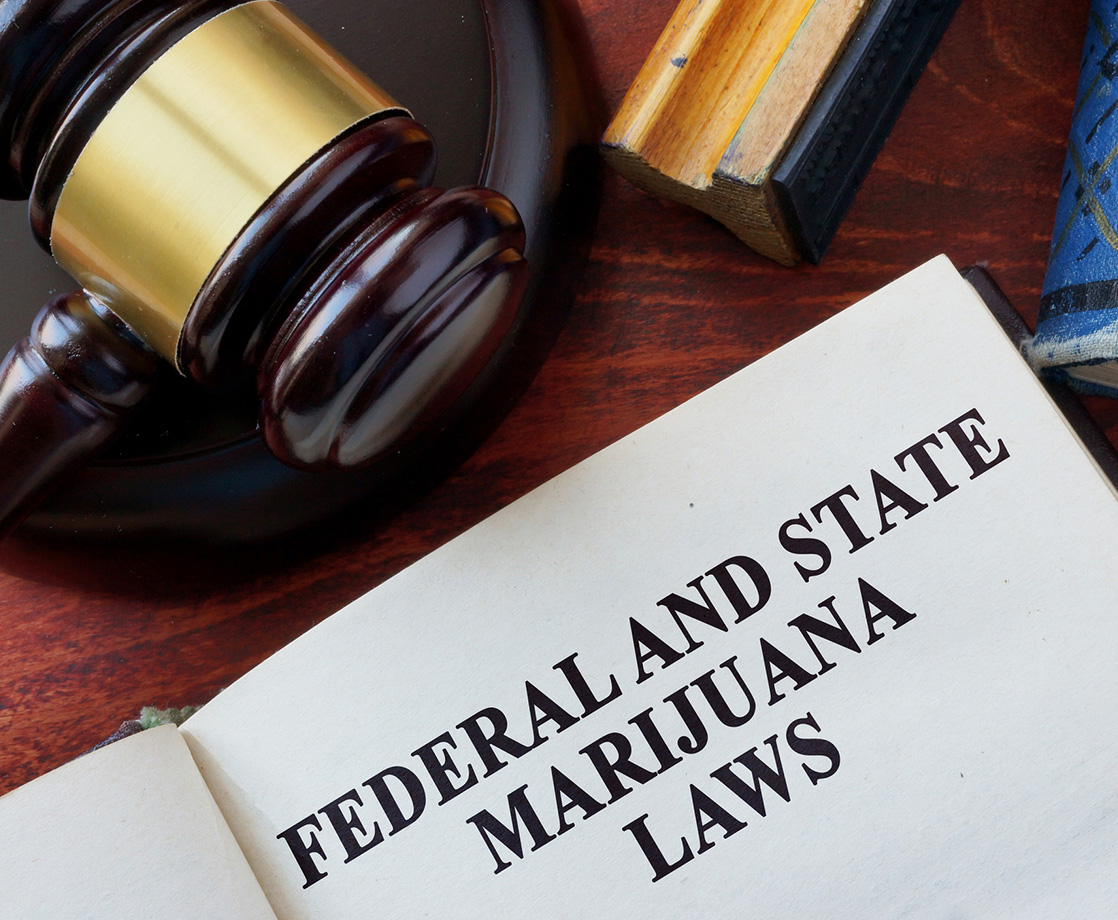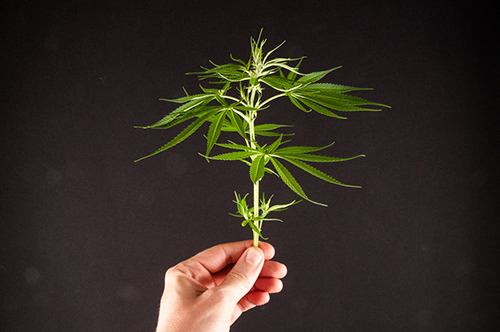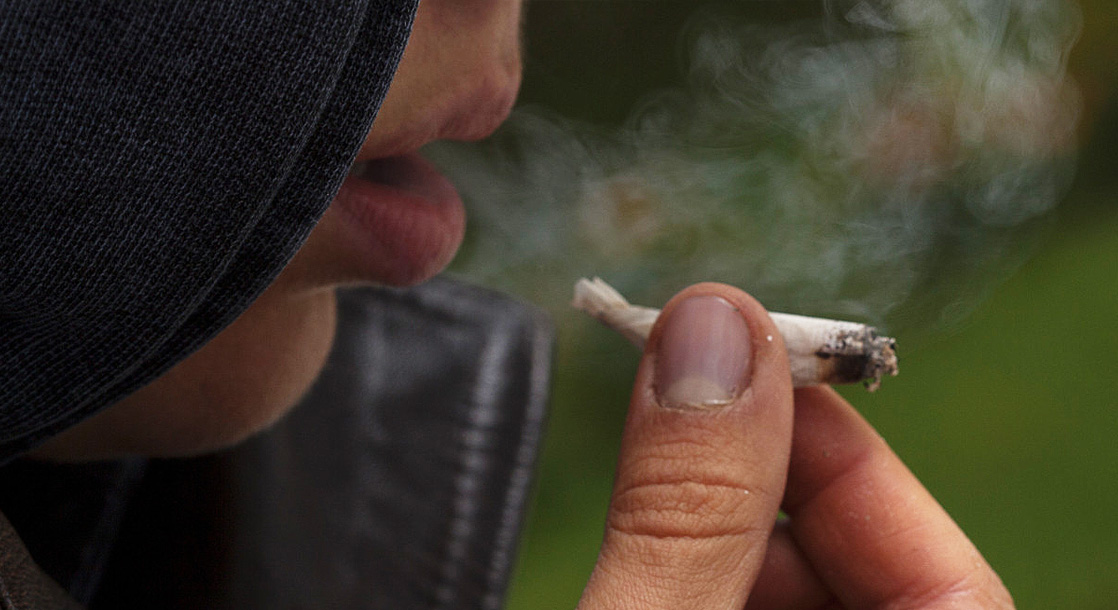This month, Los Angeles’ City Council released draft regulations that will guide the city’s sprawling grey-area cannabis industry into compliance with statewide regulation and adult-use recreational legalization by January 2018. After voters approved the legalization of recreational use last fall, the city of Los Angeles is looking to add cannabis businesses from all ends of the supply chain, from cultivation to distribution, to its already bountiful medical marijuana economy. With California state set to issue legal licenses to cannabis businesses — which had previously operated in a semi-legal loophole under the 1996 Compassionate Care Act — the city of Los Angeles is set to become the country’s largest legal cannabis market. Boasting upwards of a 1,500 active marijuana dispensaries within LA county (935 of those within the city limits alone) and a medical marijuana market estimated at $1 billion by Forbes, Los Angeles’ marijuana market is expected to grow immensely once recreational legalization fully kicks in.
We called up Cat Packer, the Drug Policy Alliance’s California Policy Coordinator, to get the lowdown on what’s in store for Los Angeles’ coming era of fully legal weed. Packer is an expert in how drug policy intersects with criminal justice and race politics. Just last year, the Drug Policy Alliance released a study called "Not Legal Yet"— which examined marijuana arrests and convictions throughout the state of California from 2006 to 2015. The study found that even with relaxed marijuana laws, arrests for marijuana misdemeanors and offenses continued with thousands of annual arrests throughout those years. The study illustrated that this disproportionately impacted black and Latino Californians, with African-Americans arrested at three-and-a-half times the rate of white people, and Latinos at a 35% higher rate than whites in 2015.
How Los Angeles moves forward with regulation and legalization will have a huge impact on policy at both the state and national level. We asked Packer how she hopes the country’s largest marijuana market can set a precedence for how to create a just, equitable, and fully legal cannabis market.
This interview has been edited for length and clarity.

MERRY JANE: Just last month, the office of Los Angeles’ City Council President Herb Wesson released draft regulations meant to guide the city’s newly-regulated cannabis market into state compliance. The draft regulations permit not just marijuana dispensaries but a wide swath of businesses — such as growers, cultivators and manufacturers — to operate within city limits. The permissive regulations are a far cry from 2013’s Proposition D, which effectively prohibited all but 135 marijuana businesses from operation in the city. What do you think has changed for the LA City Council in those four years?
Cat Packer: They’re doing everything they can to make sure they’re ready to go by January 2018. That’s when the state needs to have its license on board. What the city council is trying to do — and this is a very quick process, I’m surprised that they’re on this very aggressive timeline — is make sure they have city licenses by the time the state begins issuing its licenses in 2018. The county of LA probably won’t have licenses available till this time next year.
The release of the draft regulations also marked the beginning of a 60-day public comment period. The city council has been holding town halls on commercial cannabis and regulations throughout the year. What does that conversation look like in the city of LA? What unique concerns are people bringing up in LA as compared to the rest of the state and the nation?
The city has been holding public hearings with community stakeholders and industry stakeholders. Folks have been having conversations about what responsible legislation looks like for the city of LA. One part of the conversation is allowing the 135 operations that are already in existence and have been in existence to be grandfathered in. They’re also designed to bring industry on board, talking about lots of different license types; testing, manufacturing, distribution, etc. What the city needs to do is figure out what all those different types of licensing looks like. The city is trying to line-up with what the state has going on, which is also in flux. Things just solidified at the state level last week.
Your work at the DPA doesn’t just focus on marijuana legalization, but better and more just drug policy as a whole. Can you talk about some lessons from cannabis legalization that you think can be extended to general conversations around how to regulate and criminalize drugs generally?
Part of what’s happening and what needs to happen is that folks need education around drugs in general. Nationwide, there’s an increase in opioid use and correspondingly opioid overdoses. Folks don’t have information about drugs in general and don’t have information about drugs they’re buying on the streets. That’s part of legalization. For the first time, you’ll have marijuana that can be tested for mold, harmful chemicals, etc. People need to have honest conversations around drug use. At least in terms of adults — folks have to be able to make responsible decisions and folks can’t make responsible decisions if they’re not educated. We need to have real and honest conversations about what marijuana is, why folks might use it for medical and adult use, and why we need to keep children away from it if not in medical use.

While California was not the first state to legalize recreational marijuana, the state is still an industry-leader and has the largest marijuana market in the country. How do you think California’s regulations will affect legalization and regulation nationwide?
It’s a whole new era of marijuana policy. Other states have legalized and chosen to regulate, but California being brought online, so to speak, will have a ripple effect across the nation. Right now, one fifth of the US population lives in state with [some type of] legal cannabis. Things are going to get interesting. What California has tried to do is figure out how to regulate in a very responsible way and prioritize social justice and recognize the harms that marijuana criminalization has caused in the past.
One thing I’ve seen over and over again is a state and county will legalize but not allow people with felonies to participate. California has made it possible for people with past arrests, convictions, and marijuana-related felonies to participate in this industry. A criminal conviction is not an automatic no to being employed in the industry. The impact of marijuana prohibition and the drug wars was heaviest in black and brown latino communities. If you say people with prior arrests and convictions can’t participate, it automatically has a disproportionate effect on communities that were punished by the War on Drugs.
Another big part of the conversation when it comes to regulation has been what equity looks like in terms of addressing some of the harms of the drug war and the impact it had on communities of color. Does LA have any plans to have to issue equity licenses like the City of Oakland plans to?
Luckily, we don’t have to be first one to do it. There are other jurisdictions we can look toward for what responsible regulation looks like. California is unique because it has a 20-year-old market that it will actively want to seek to transition, so it has to try to find ways to transition illicit and grey market operators into the legal economy.
Comparing LA and Oakland, though, it’s different type of comparison. Oakland is a much smaller market. It only has 8 dispensaries. LA, on the other hand, has at least 135 legal marijuana business and many more non-legal businesses operating within the city. I know the city is planning on creating an equity program. This month, the city basically said it’s their intention to create a social equity program and they’re going to work with a bunch of different city departments compiling info and analysis of where and who has been affected by marijuana arrests. I don’t believe that analysis has begun yet, though. So it’s still a little early to say what an equity program will look like in LA versus what it looks like in Oakland.
Can you breakdown that proposed regulation? There’s still a ban on marijuana businesses, but there’s been a lot of coverage on where business are allowed to operate (such as not near schools, etc.). What about the local hiring regulations? In the draft, what do you like, dislike, or think is still missing?
It depends on who you are and what your perspective has been. There’s been at least 4-6 public hearings that have happened over the last six months. Engaged and advocated community members express concerns that range from advertising to making sure kids don’t get their hands on marijuana to how we’re going to make sure marijuana-related impairment and driving is handled responsibly.
There are also community members who aren’t interested in having commercial marijuana in their community. People are also concerned about increased access, odors related to cannabis, edibles and potency around edibles, youth exposure, impaired driving. Police officers are concerned about driving standards and being able to test folks who are impaired and keep them off the roads. There’s also discussion about public health and safety and onsite consumption and whether or not there should be lounges and cafes where people can consume. And, of course, industry folks with licenses from Prop D want to make sure they’re able to transition, new operations want to make sure they have access to the market.
What do you think regulators are missing when it comes to rolling-out legal cannabis?
We need to figure out how to move away from marijuana prohibition in an era where folks are still being sent to jail and prison and for a substance we now know can be regulated properly. For people who have a substance abuse issues, that’s a public health issue rather than a criminal justice issues.
Too many jurisdictions have legalized without social justice and few regulators seem to realize that people are still being jailed for this. In 2015 alone, African Americans in California were two times more likely to be arrested for a marijuana misdemeanor and five times more likely to be arrested for a marijuana felony. We have to realize that the industry itself provides opportunity for employment to disenfranchised communities that were heavily impacted by the drug wars, and hopefully that tax revenue can also be funneled back into those communities. I’m hoping California can lead that conversation. It’s a huge mistake to just talk about licensing and not talking about what marijuana means for other communities. It’s very easy to ignore, and that’s not OK with me.
How did you get involved with the DPA and in drug policy reform?
The reason that I got brought into this work was Michelle Alexander’s book The New Jim Crow. I studied her work and read the book, and one quote really resonated with me: “Nothing has contributed more to the systematic mass incarceration of people of color in the United States than the War on Drugs.” When I tell folks that, I like to pair it with the fact that in 2010 almost all drug arrests were for marijuana possession alone, and those arrests were disproportionately people of color.
It’s really Michelle Alexander’s book and that quote and realizing that she’s sitting here basically describing the fact that marijuana possession and minor drug offenses are the reason why so many people in communities of color have been labeled a felon and through having an arrest record are prevented from employment, housing, etc. Now to have an industry set to make billions and nobody is talking about how marijuana prohibition has been devastating to black and brown populations? It’s important to have that conversation and lead that conversation in California. I’m hoping through implementation and community organizing we really get some justice through cannabis policies.
For more on the Drug Policy Alliance, visit their website here.
Follow Julia Alsop on Twitter











